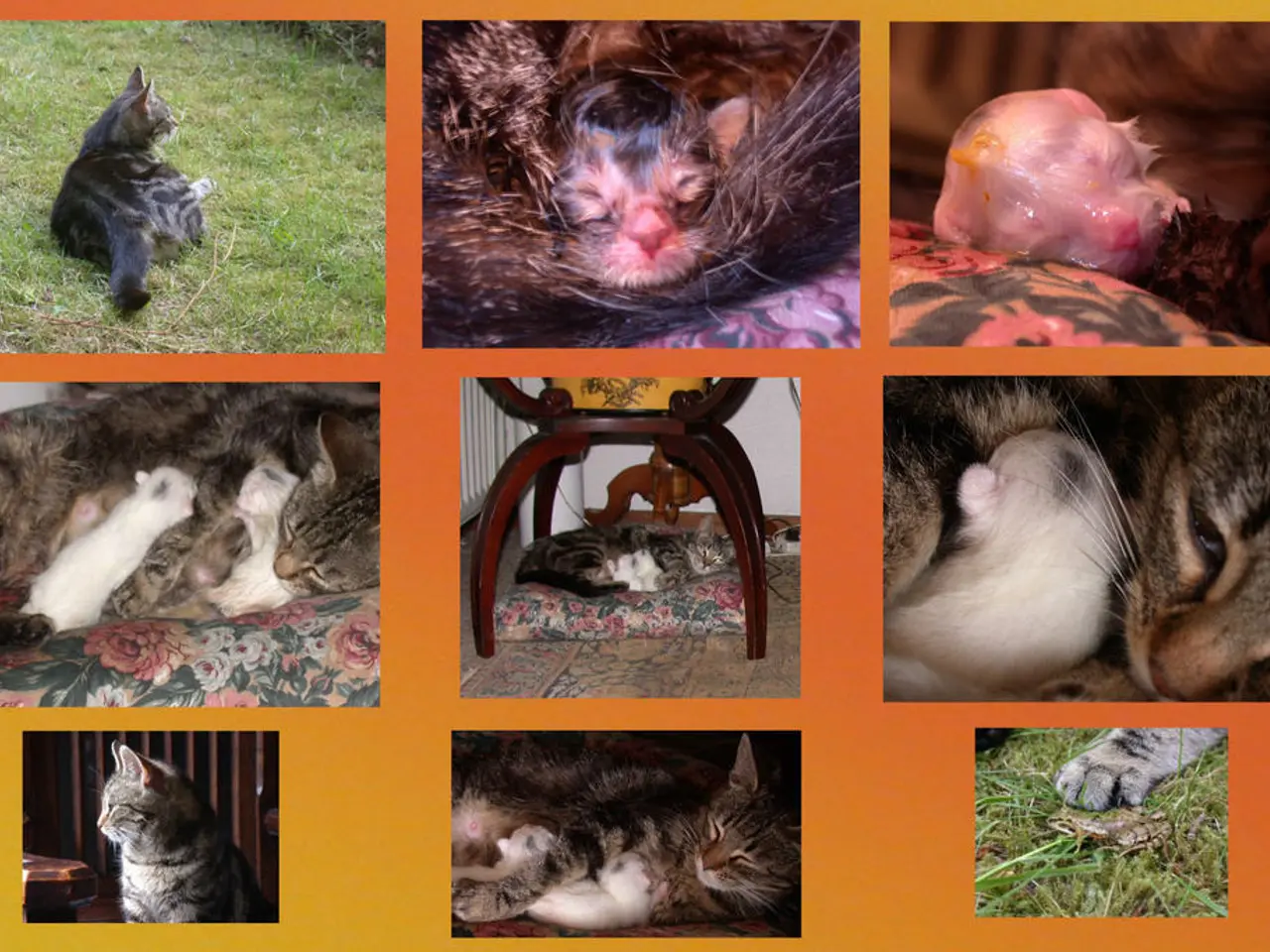New developments in biotechnology: Inauguration of India's first animal stem cell biobank in Hyderabad along with the launch of five innovative veterinary diagnostic tools
India's BioE3 Policy Paves the Way for Animal Biotechnology Advancements
In a significant stride towards animal biotechnology, the State-of-the-Art Animal Stem Cell Biobank and Laboratory was inaugurated at the National Institute of Animal Biotechnology (NIAB) in Hyderabad on August 9, 2025. The event was graced by Union Minister Dr. Jitendra Singh, who also laid the foundation stone for a new hostel block and staff quarters worth Rs 19.98 crore at NIAB.
The inauguration of the Animal Stem Cell Biobank and Laboratory is expected to pave the way for India's emergence as a global leader in animal biotechnology. Dr. Singh hailed Prime Minister Narendra Modi's Biotechnology BioE3 policy for positioning India as an early mover in the frontier sector.
The Biobank, supported by the National Biopharma Mission of DBT-BIRAC, aims to advance regenerative medicine, disease modelling, and reproductive biotechnology for livestock. The facility is spread over 9,300 sq ft and was built at a cost of Rs 1.85 crore. It is equipped with advanced tools such as a stem cell culture unit, 3D bioprinter, bacterial culture lab, cryostorage, and advanced air handling systems.
Dr. Singh launched five new veterinary diagnostic tools aimed at transforming animal health management. The launched diagnostic tools include rapid kits for brucellosis, mastitis, toxoplasmosis, and Japanese encephalitis, as well as a portable antimicrobial sensitivity testing device.
The workshop in Andhra Pradesh highlighted biotechnology's role in agriculture, boosting productivity and sustainability, with innovations like flood-tolerant rice being discussed. Experts are calling for scaling up biotechnology in agriculture, citing Andhra Pradesh's 8.80% CAGR in agriculture as an example. Every rupee invested in agricultural research generates a return of Rs 13, according to Dr. Singh.
The government is pushing for innovation, with the recently announced Rs 1 lakh crore RDI fund under the Anusandhan National Research Foundation to promote private sector R&D. Closer collaboration with industry will ensure faster adoption of new technologies in agriculture, as per Dr. Singh.
The BioE3 policy is a comprehensive government initiative aimed at harnessing biotechnology to drive economic growth, environmental sustainability, and employment generation. Regarding animal biotechnology, while the policy's direct provisions are not explicitly detailed, its emphasis on biotechnology innovation, bio-manufacturing hubs, and scaling lab innovations to industry strongly implies significant support for advanced biotechnology fields including animal biotech.
By creating enabling hubs and fostering R&D in biotechnology, India positions itself as an early mover in sectors like personalized medicine, vaccine development, and biosynthetics, which are closely linked to animal biotech applications. The policy’s alignment with national goals like self-reliance, sustainability, and leveraging AI-driven platforms further strengthens India's early mover advantage in animal biotech.
In summary, the inauguration of the Animal Stem Cell Biobank and Laboratory at NIAB, coupled with the launch of new diagnostic tools and the implementation of the BioE3 policy, marks a significant step towards India's emergence as a global leader in animal biotechnology. These innovations are expected to boost livestock productivity, support rural incomes, and contribute to an "Evergreen Revolution" in agriculture.
- The Biobank at NIAB, equipped with advanced tools, aims to advance not only regenerative medicine and disease modelling but also reproductive biotechnology for livestock, positioning India for growth in the field of animal biotechnology and agriculture.
- With the introduction of the BioE3 policy, India aspires to become a frontrunner in sectors like personalized medicine, vaccine development, and biosynthetics, which are closely linked to animal biotech applications and health-and-wellness.
- As part of the BioE3 policy's commitment to fostering R&D and championing biotechnology innovation, the government aims to create an environment that supports the development of fitness-and-exercise technologies, education-and-self-development platforms, and financial investments in technology and science, ultimately leading to a sustainable and technologically advanced India.




